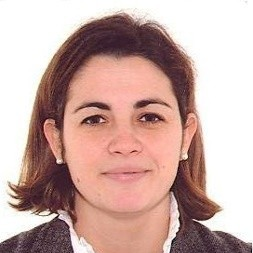Pumped-Storage Hydropower Plants
A special issue of Applied Sciences (ISSN 2076-3417). This special issue belongs to the section "Energy Science and Technology".
Deadline for manuscript submissions: closed (15 July 2019) | Viewed by 16836
Special Issue Editor
Interests: hydraulic machines; unstable behavior; CFD; design optimization; experimental investigation
Special Issues, Collections and Topics in MDPI journals
Special Issue Information
Dear Colleagues,
Looking at future grids with increasing shares of intermittent renewable energy solutions, pumped hydro energy storage (PHES) plants are widely recognized as an ideal solution because of their ability to provide large storage capacity with excellent grid connection properties, high cycle efficiency range, and competitive costs. However, in order to provide primary and secondary regulation services, there is a primary need to increase the PHES operational flexibility by developing new machine designs and/or new technologies, as well as by providing hybridization with different types of energy and energy storage systems. To stimulate research areas in these fields, it is important to gather the most relevant ongoing research works on new solutions for PHES (innovative design, innovative control systems, etc.) and on their hybridization with other energy and energy storage systems (sizing algorithm, forecast model, management strategies, virtual power plant, etc.). Therefore, you are kindly invited to share your recent findings in this Special Issue.
Prof. Giovanna Cavazzini
Guest Editor
Manuscript Submission Information
Manuscripts should be submitted online at www.mdpi.com by registering and logging in to this website. Once you are registered, click here to go to the submission form. Manuscripts can be submitted until the deadline. All submissions that pass pre-check are peer-reviewed. Accepted papers will be published continuously in the journal (as soon as accepted) and will be listed together on the special issue website. Research articles, review articles as well as short communications are invited. For planned papers, a title and short abstract (about 100 words) can be sent to the Editorial Office for announcement on this website.
Submitted manuscripts should not have been published previously, nor be under consideration for publication elsewhere (except conference proceedings papers). All manuscripts are thoroughly refereed through a single-blind peer-review process. A guide for authors and other relevant information for submission of manuscripts is available on the Instructions for Authors page. Applied Sciences is an international peer-reviewed open access semimonthly journal published by MDPI.
Please visit the Instructions for Authors page before submitting a manuscript. The Article Processing Charge (APC) for publication in this open access journal is 2400 CHF (Swiss Francs). Submitted papers should be well formatted and use good English. Authors may use MDPI's English editing service prior to publication or during author revisions.
Benefits of Publishing in a Special Issue
- Ease of navigation: Grouping papers by topic helps scholars navigate broad scope journals more efficiently.
- Greater discoverability: Special Issues support the reach and impact of scientific research. Articles in Special Issues are more discoverable and cited more frequently.
- Expansion of research network: Special Issues facilitate connections among authors, fostering scientific collaborations.
- External promotion: Articles in Special Issues are often promoted through the journal's social media, increasing their visibility.
- e-Book format: Special Issues with more than 10 articles can be published as dedicated e-books, ensuring wide and rapid dissemination.
Further information on MDPI's Special Issue polices can be found here.





